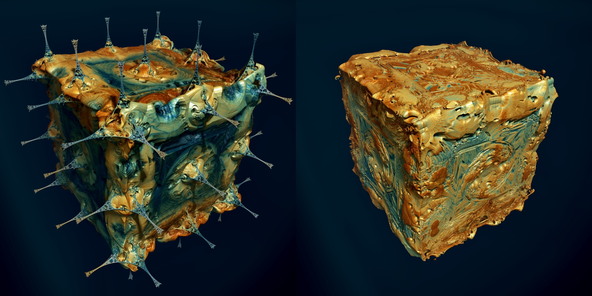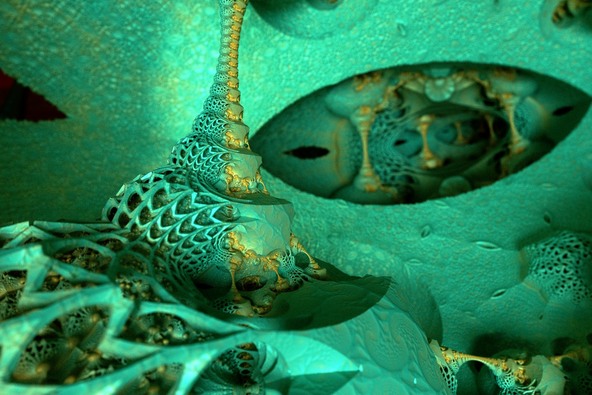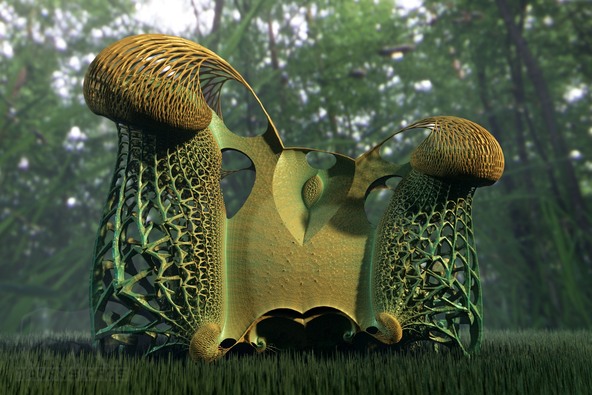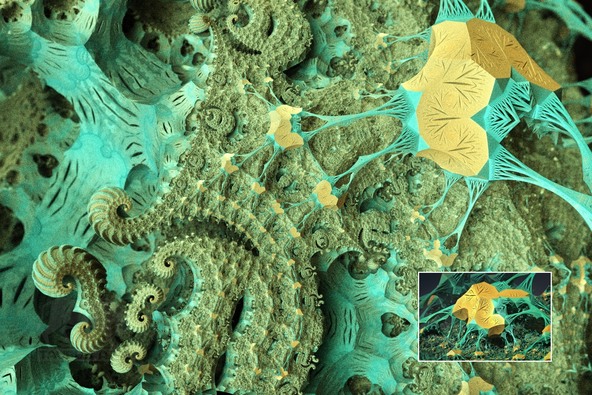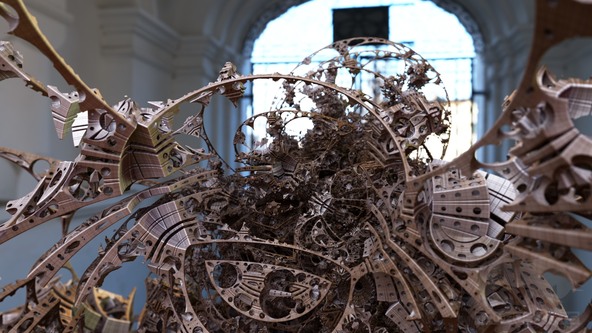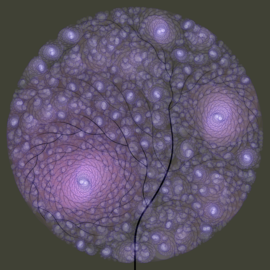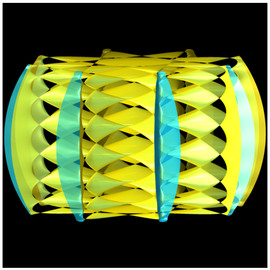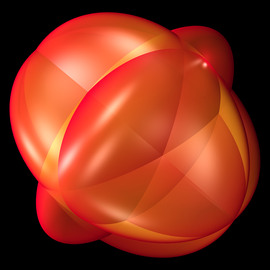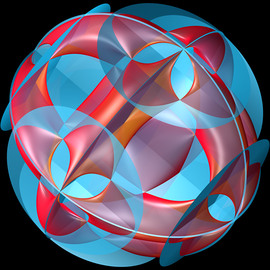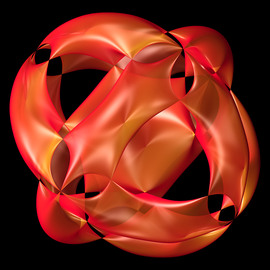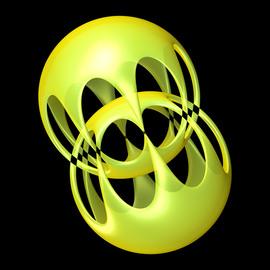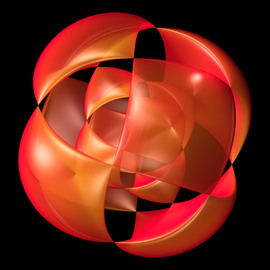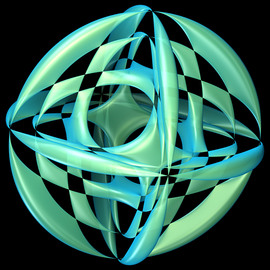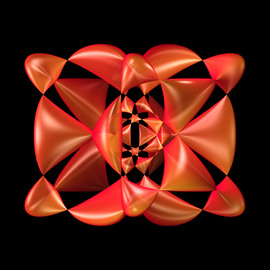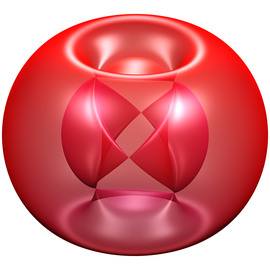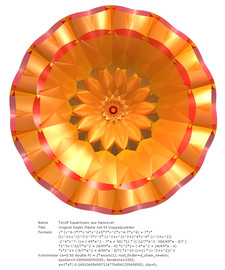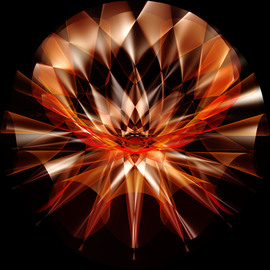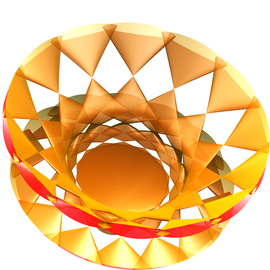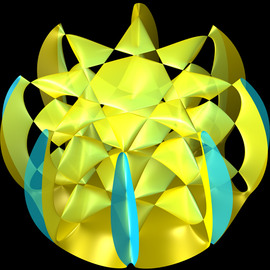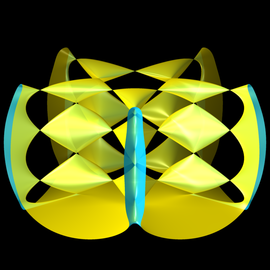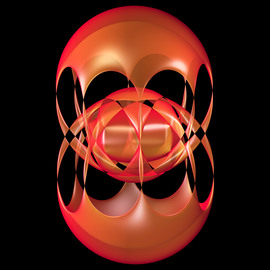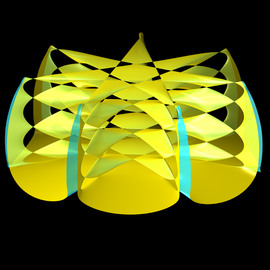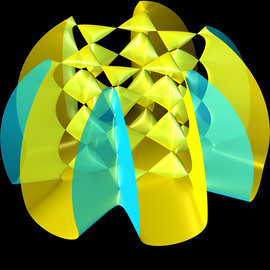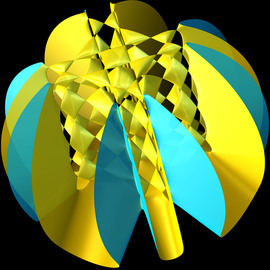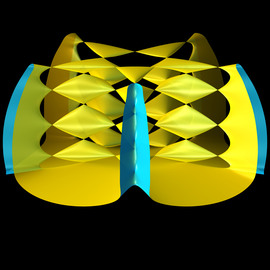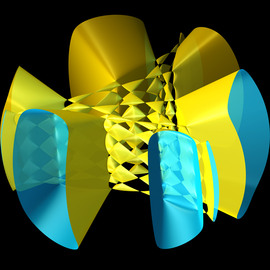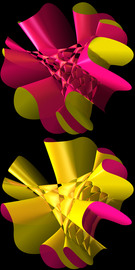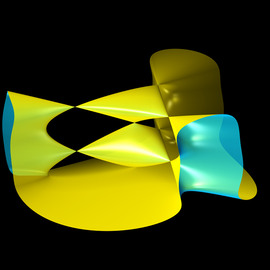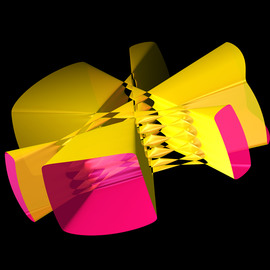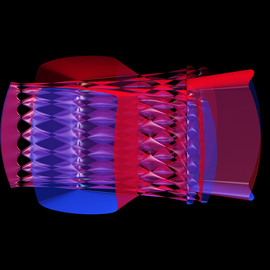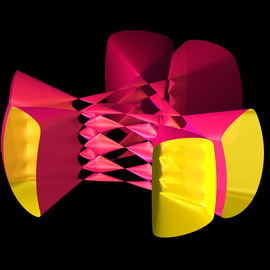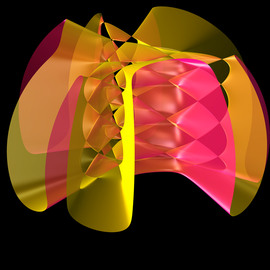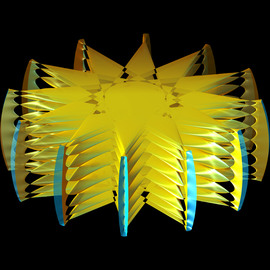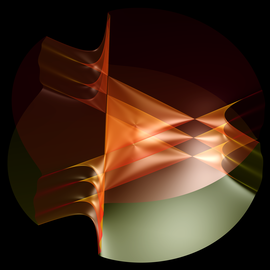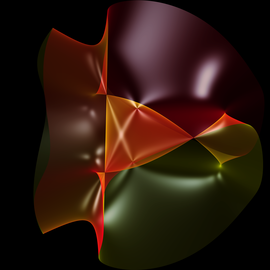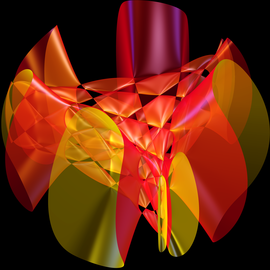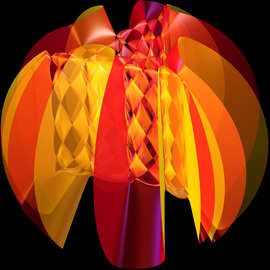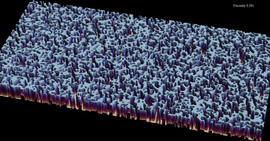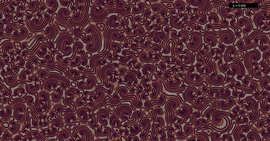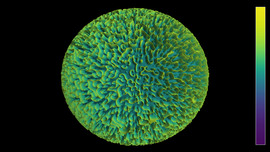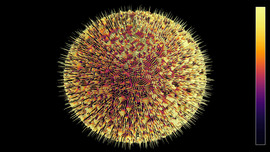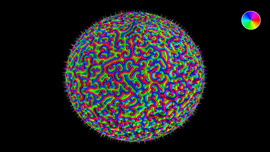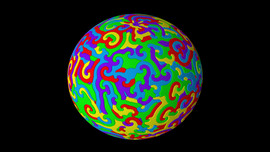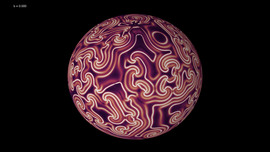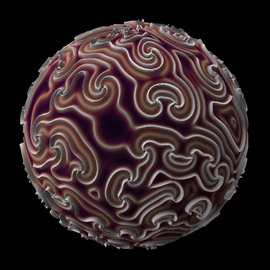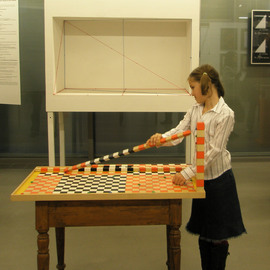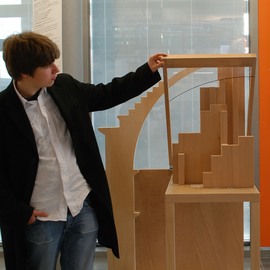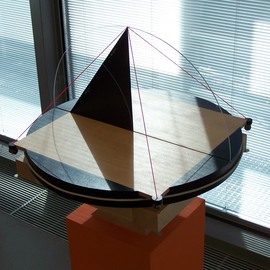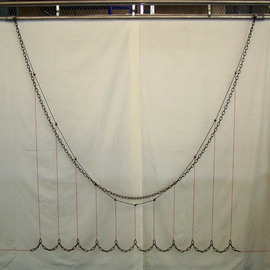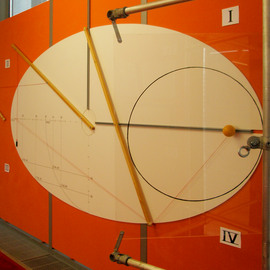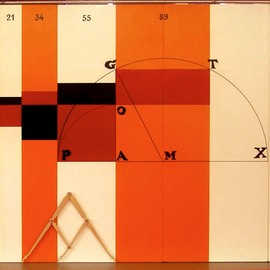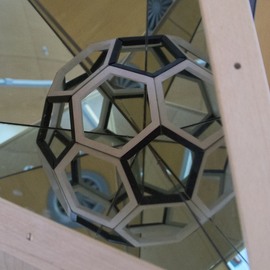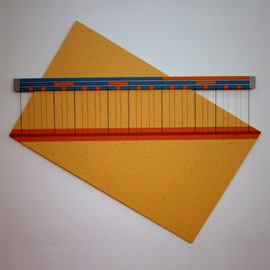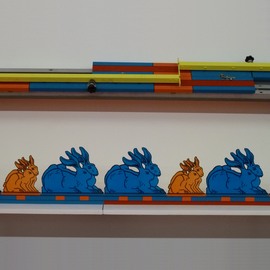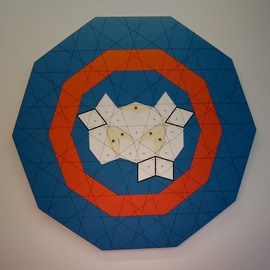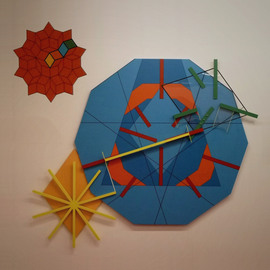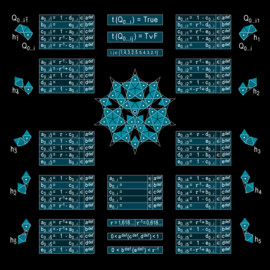The Mandelbox in PseudoKleinian grid
An advanced way to integrate particular Mandelbox parameters in PseudoKleinian order and somewhere beyond.
Definition: Similar to the relation of the Mandelbrot set and the Julia sets I will talk about the M-set and J-sets in connection with the Mandelbox and the PseudoKleinian. This is to avoid name confusion.
This is just a proof of concept. A formal analysis is not part of this elaboration. In the final stage I placed a particular Mandelbox
J-set at the end of a four formula cycle. That’s all.
Mathematically, there is nothing significantly new here. The transformations come from the standard repertoire of today’s
software – Mandelbulber in this case. Only the combination is new. From an artistic point of view, it is a nice to have gadget, that also emphasises the modular character of this type of 3D fractal.
parameters for Mandelbulber 2
The parameters are made with version 2.32 of Mandelbulber. Earlier versions won’t open theese without manual editing. And I do not recommend that. Use the parameters at your own risk.
How to import parameters in Mandelbulber
Method 1: Mostly your browser will open the text file in your browser window. Select the complete text and copy to clipboard. Open Mandelbulber and choose >file >Load settings from clipboard… Hit render in main window
Method 2: rightclick the link to parameters >save link as txt-file. Open Mandelbulber and choose >file >Load settings… Mandelbulber opens *.txt as well as *.fract files
>>WIP
The M-set
The figure shows the M-set of a Mandelbox with negative scale and rotated folding planes (negscale rotbox) – with (l) and without (r) grid-Mandelbox.
The grid-Mandelbox means: scale=1 (neutral) minRadius=0, the rest default and this 12-20 times – this depends on other parameters – and without adding c. For further info see attached parameters.
>> the parameters were replaced due to an error (10/06)
We see a Mandelbox that is deformed but unchanged in overall size. At this point, I was not sure, whether this is a simple overlay or a completely new object. It turned out to be an overlay. What do I mean?
You can implant a particular Mandelbox J-set parameter with all the trimmings (including the global constant c) and the result shows this Mandelbox in many precise details, woven in a PseudoKleinian grid. The grid Mandelbox has no influence on detail development

